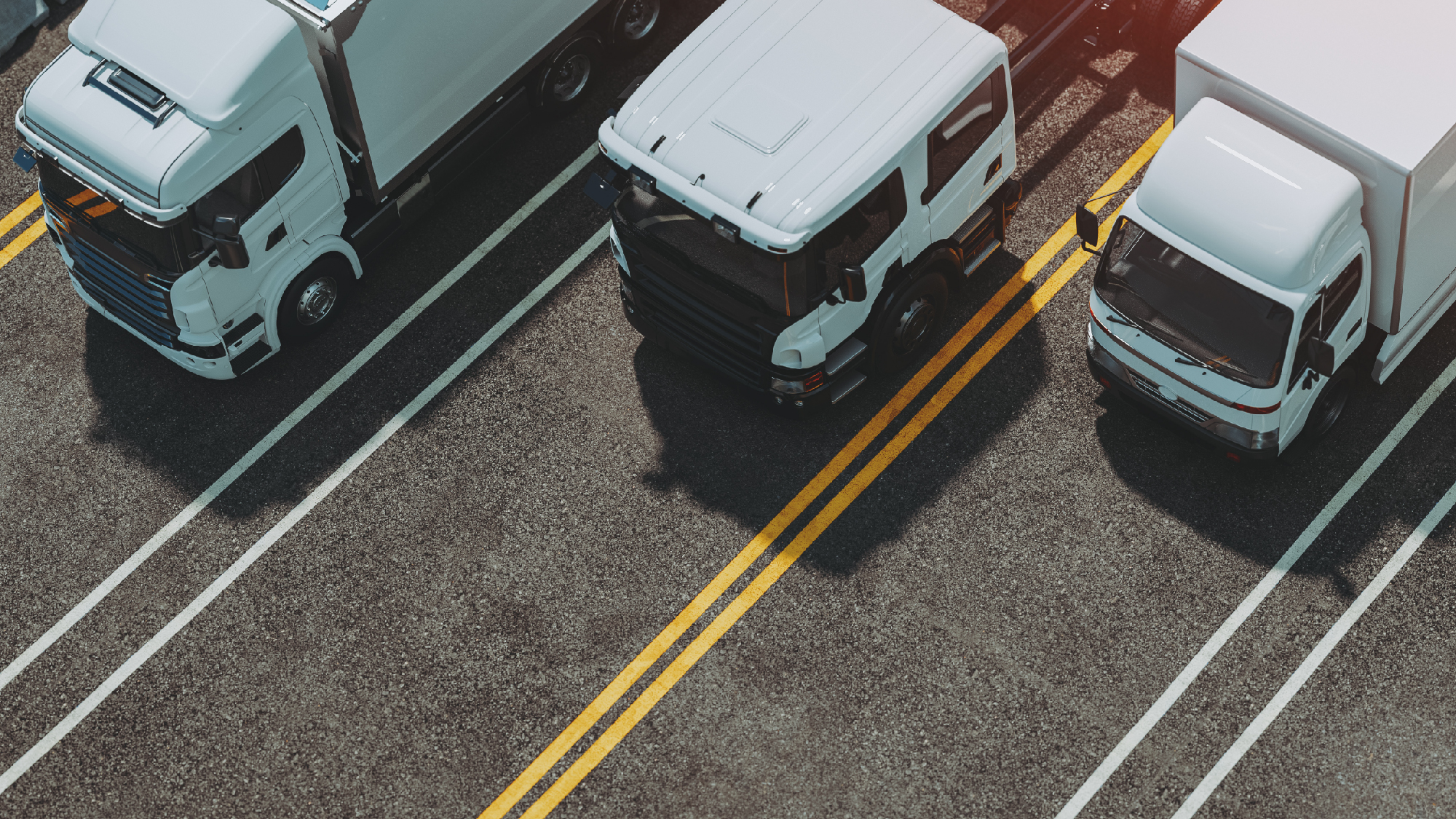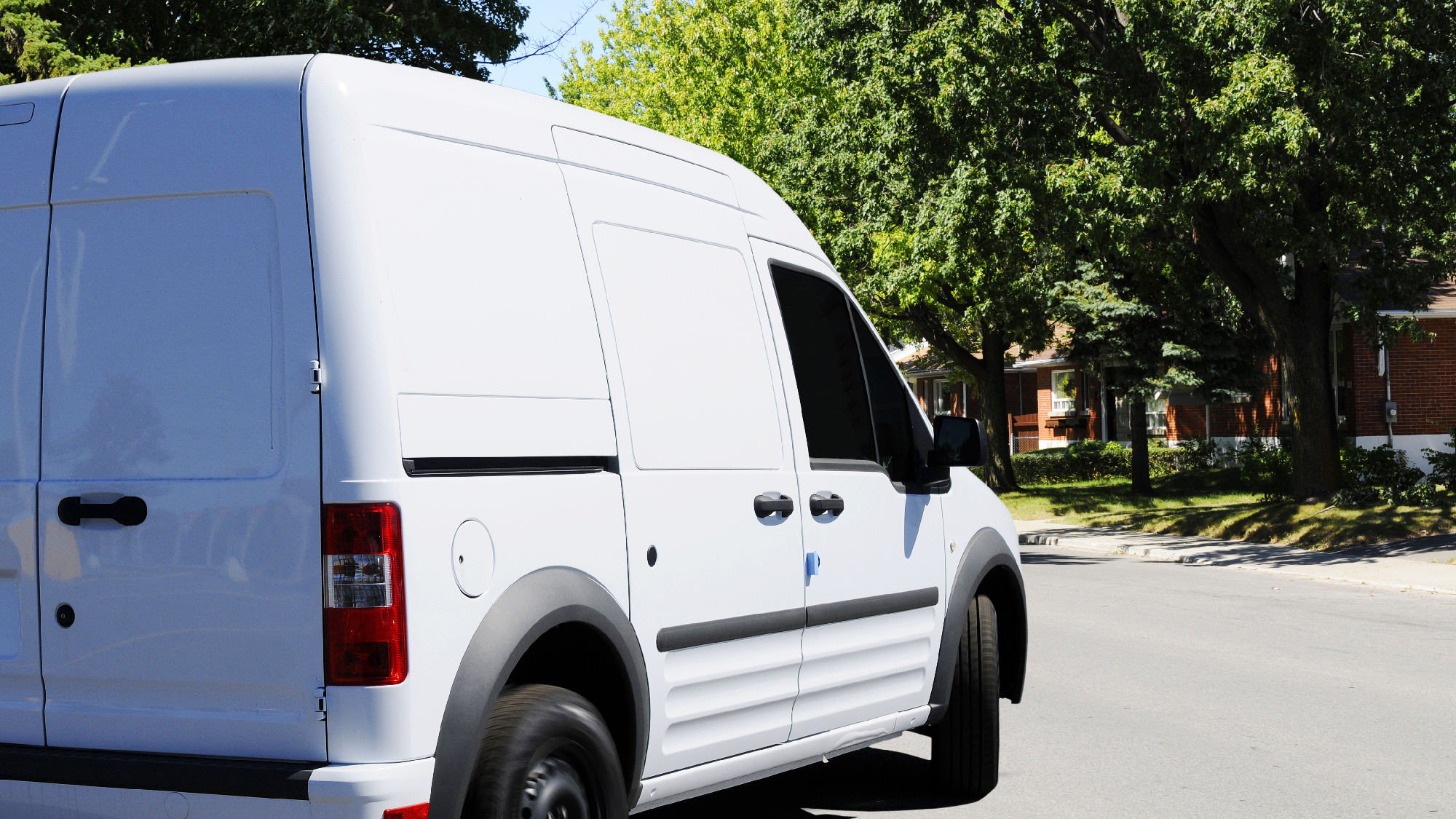What is an HGV?
October 21, 2024
•2 minute read

Key Insights
- A Heavy Goods Vehicle (HGV) is any vehicle over 3.5 tonnes gross plated weight, typically used to move goods and materials.
- They are also known as LGVs (Large Goods Vehicles), which is the newer EU term for this class of vehicle.
A Heavy Goods Vehicle (HGV) is any vehicle over 3.5 tonnes gross plated weight, typically used to move goods and materials. They are also known as LGVs (Large Goods Vehicles), which is the newer EU term for this class of vehicle.
What operators need to know about HGVs
If you operate or plan to operate HGVs, then there are a number of key differences to consider in comparison to running vehicles under 3.5 tonnes gross vehicle weight.
Operator licence
You will usually need a goods vehicle operator licence if you operate one or more goods vehicles of over 3.5 tonnes gross plated weight (HGV) in connection with a trade or business.
The Driver and Vehicle Standards Agency (DVLA) ensures that operators are compliant with legislation relating to drivers’ hours, roadworthiness, operator licensing and the safe loading of vehicles.
HGV driving licence
To be able to drive an HGV, your drivers must have an HGV or LGV lorry licence (otherwise known as a category C lorry licence). This allows the driver to operate any vehicle between 7.5 and 32 tonnes gross vehicle weight. Your drivers will require an additional category C+E licence to drive an articulated lorry that bends in the middle and can weigh up to 44 tonnes.
Tachographs
All vehicles over 3.5 tonnes in weight must be fitted with a tachograph. This records information about driving time, speed and distance, and is used to make sure drivers are compliant with drivers’ hours regulations. Any commercial vehicle that was first registered on or after 1 May 2006 must be fitted with a digital tachograph.
For simplified digital tachograph management, digital tachograph software makes compliance with drivers’ hours rules and tachograph regulations easier by offering driver identification, real-time tacho status, remote download and analysis. With automatic remote downloading, all information is updated in real-time, without the need for either the truck or the driver to be present.
Drivers hours
Drivers of HGVs within the UK and Europe are subject to regulations on the number of hours they can drive each day and week. These regulations are in place to protect drivers from becoming fatigued so that they can drive safely. Telematics software can help fleet managers to actively monitor drivers hours across the fleet, measuring driving time and break time through GPS and onboard diagnostic (OBD) signals.
HGV for fleets
Vehicle maintenance
Operators of HGVs must keep their vehicles safe and in good condition at all times, with records kept of all safety inspections and maintenance carried out on each vehicle. A preventative maintenance programme helps to ensure optimal vehicle health. This can be managed with maintenance software to reduce vehicle downtime and costs, and to prevent scheduled services and maintenance events from slipping through the gaps. Fleet maintenance software can also analyse active diagnostic faults and engine data from the vehicles in real-time to help the maintenance team identify minor issues and prioritise vehicle repairs before they result in breakdowns, further reducing the need for costly, urgent repairs.
As an operator licence holder, you must also make sure your drivers carry out a walkaround check before driving an HGV for the first time each day.
Safety
Due to their greater size and the presence of larger blind spots, HGVs can be dangerous vehicles. By actively maintaining vehicle health and ensuring compliance with drivers’ and working hours regulations, operators can help to make their HGV fleet safer. In addition, it is important to consider the provision of driver safety training and additional measures to improve a drivers’ awareness of road conditions while they’re on the road. Dash cameras and driver coaching tools can provide proactive assistance to drivers and alert them to potential risks before an accident occurs.
When running HGVs over 12 tonnes gross vehicle weight in Greater London, operators should ensure that their vehicles are compliant with the Direct Vision Standard (DVS) and HGV Safety Permit Scheme. The DVS measures how much an HGV driver can see directly through their cab windows. It’s measured with a star rating from zero (limited) to five (good) direct vision, indicating the level of risk to vulnerable road users, including cyclists and pedestrians.
Want to run your HGV fleet safely and efficiently?
Learn how simple it is to use our fleet management software to optimise your HGV fleet.
Other Stories
-EN-NA-final-July24_1x-04.jpg)
August 9, 2024
2 minute read

What’s the difference between an LCV and an HGV?
July 25, 2024
3 minute read

July 25, 2024
2 minute read